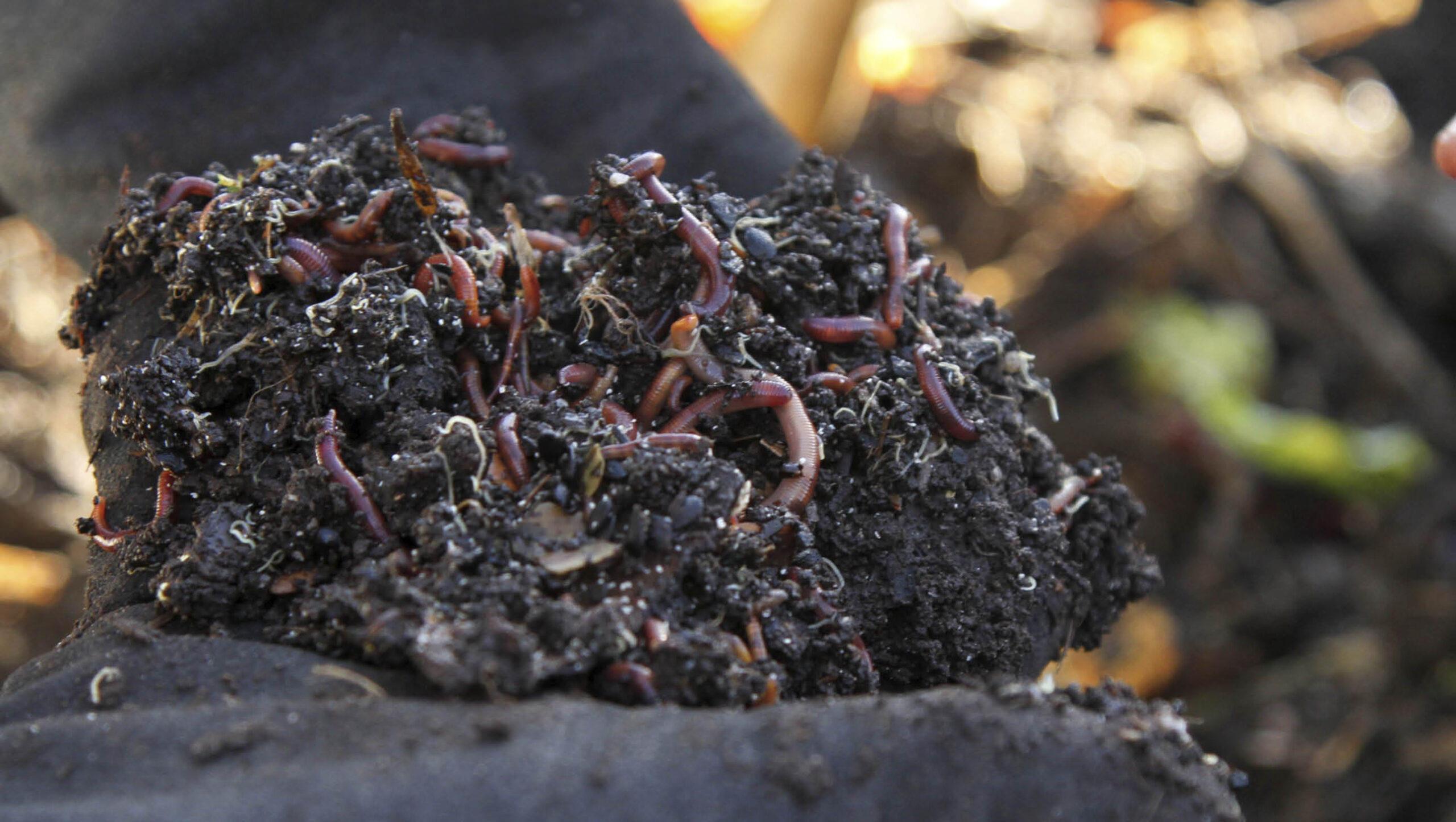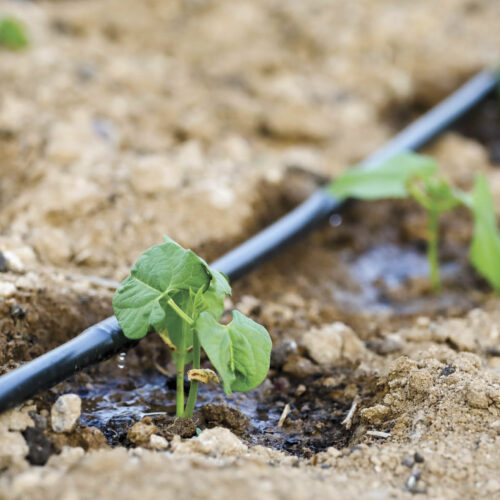The best compost worms
2025-12-02T14:04:07+11:00
Soil needs compost, and worm farming helps keep a supply ready to go. Learn which are the best compost worms to use.
Worms turn scraps into rich castings full of beneficial microbes and nutrients, along with a liquid by-product that can help boost soil health when used with care. But you need to choose the correct worms to make the most of all their hard work.
Know your worms
Not all worms are created equal. Compost worms are surface dwellers that thrive in decomposing organic matter, not underground. Known as epigeic (‘upon the earth’) worms, they’re perfect for worm farms. The best species to use are Eisenia fetida (red wigglers) and Eisenia andrei (tiger worms). These small but mighty compost critters eat fast, reproduce quickly, and don’t need much space to work their magic.
Garden earthworms, on the other hand, are a different story. These endogeic (‘within the earth’) worms prefer to burrow deep into soil, dislike disturbance, and won’t survive in a worm farm. They will turn their noses up at your food scraps and will either try to escape or die if added to an enclosed composting system.
You can buy compost worms at garden centres or online, but the thrifty gardener will grab a handful from a friend with a thriving worm farm or compost, since their population doubles every 90 days anyway.
Keeping your worms happy
Location Heat is the number one killer of worms (which are happiest at 12–25°C), so place your worm farm in the coolest, shadiest spot you can find. In summer, consider creating a shade shelter, or if feasible, bringing it onto a verandah or indoors. If your set-up isn’t movable, you can cool it down during a heatwave by placing a frozen water bottle under the worm blanket.
Feeding While worms are enthusiastic eaters, overfeeding can create problems. Too many scraps can make the farm smelly, anaerobic, and overheated. Only add more food once the worms have finished about 70 per cent of their previous meal. And remember to add carbon materials as needed.
For more information about worm farming, particularly the type of home to put them in, get a copy of our Winter 2025 issue (OG 158) here. You can also subscribe to the magazine and get it delivered to your door.







